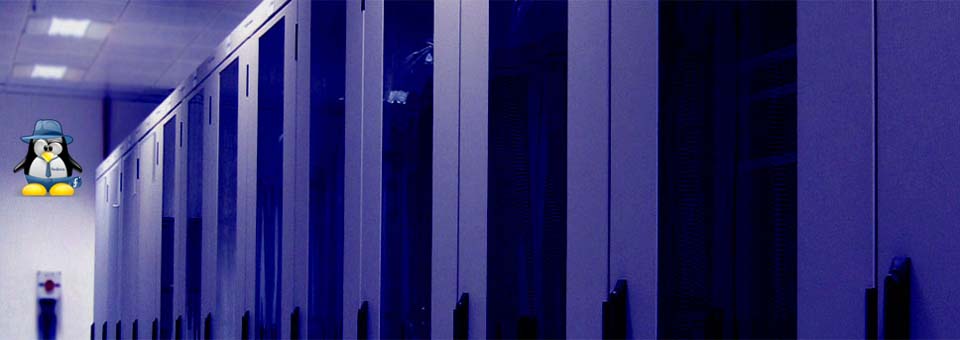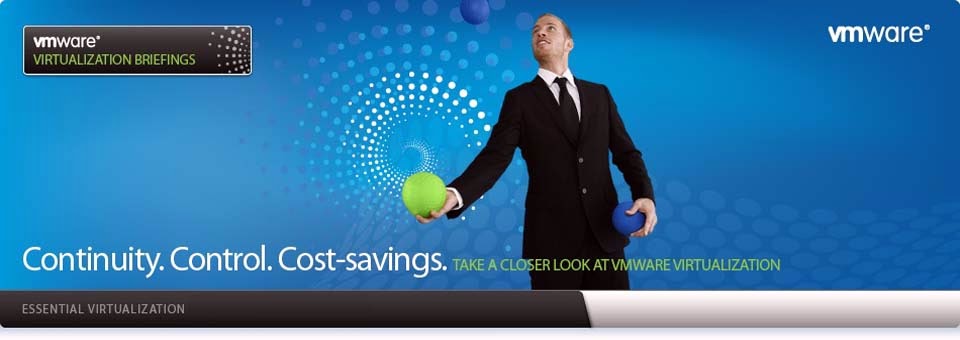What is DNS?
DNS is called as Domain name system. DNS is name resolution
service which resolves human friendly name (such as Example Web Page) into IP
address (192.168.0.10) DNS is a hierarchical distributed database that contains
resolving of domain name into IP address.
Why DNS?
Because people and applications try to connect the network
computer by specifying name. DNS has superior scalability, security and
compatibility with internet.
Different types of DNS servers are:-
1. Primary DNS server
A primary DNS server is created when a primary zone is
added. It is a DNS server which holds primary zones for a particular domain.
Primary DNS server acts as the zone’s central point of update. Newly created
zones are always this type.
2. Secondary DNS server
It is a DNS server hosting a secondary zone is called as
secondary DNS server. That can be any number of secondary servers for a
primary. If primary server is down then a secondary server provides a name
resolution in zone until the primary server is available.
3. Caching only serves
This type of DNS servers does not have any zones in it, and
purely depends on caching. They contain the information of what has been cached
while resolving queries.
4. Stub servers
It is a DNS server hosting a stub zone. This kind of servers
has a copy of a zone containing only a list of the authoritative DNS servers
for its master zone.
5. Forwarders
Forwarders are the process of resolving external queries
using forwarders. It reduces network traffic on WAN links. It acts as a
firewall which provides a layer of security from external network. Here we are
going to set up a Primary DNS server on a RHEL 6 / CENTOS 6 server. Scenario
This is the setup of a typical organization Example.com. It
consists of web server, mail server, and ftp server on the internal network.
The internal network uses 192.168.1.0/24 IP addressing scheme. We need to set
up a primary DNS server that is best suited for my network.
I used a RHEL 6 x86_64 bit server to host the DNS server named
rhel6.example.com. The server has two network card eth0 and eth1 which are
connected to internet and internal network respectively.
Configuration Steps are working in progress!








